


Inedéditions.
Sound Archives, European Memories of the Gulag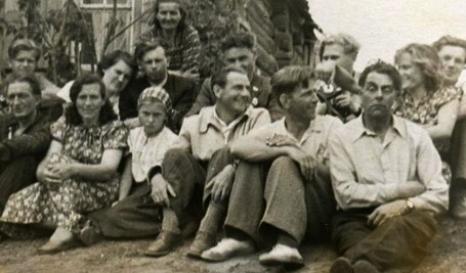
Back
Description:
- Title: After release: Estonians in Magadan
- Author(s): Inconnu
- Date: Inconnue
- Collection:
- Source: Sound Archives - European Memories of the Gulag
- Collection conditions: The Estonians in Magadan (Photograph, Anonymous, 1958). Source: Eela Lõhmus's Personal archive.
- Licence: Media subject to copyright.
- Localisation: Inconnue
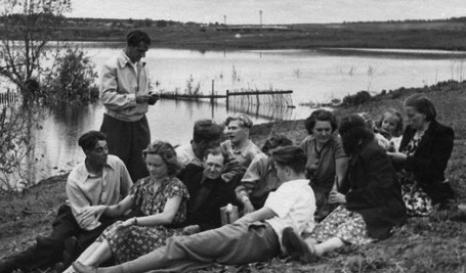
Back
Description:
- Title: After release: Estonians in Magadan
- Author(s): Inconnu
- Date: Inconnue
- Collection:
- Source: Sound Archives - European Memories of the Gulag
- Collection conditions: The Estonians in Magadan (Photograph, Anonymous, 1958). Source: Eela Lõhmus's Personal archive.
- Licence: Media subject to copyright.
- Localisation: Inconnue
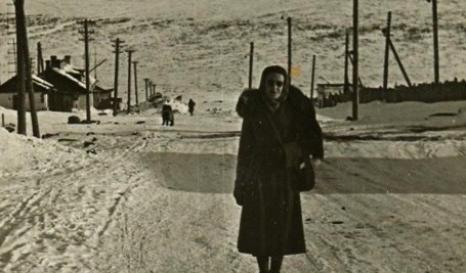
Back
Description:
- Title: After release: Estonians in Magadan
- Author(s): Inconnu
- Date: Inconnue
- Collection:
- Source: Sound Archives - European Memories of the Gulag
- Collection conditions: Eela Lõhmus outside the camp gate after her release (Photograph, Anonymous, 1958). Source: Eela Lõhmus's Personal archive.
- Licence: Media subject to copyright.
- Localisation: Inconnue
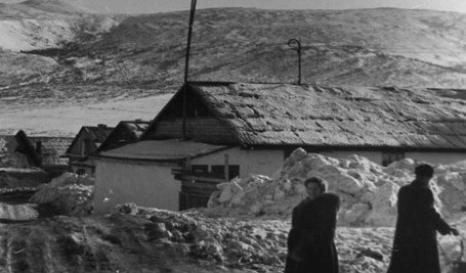
Back
Description:
- Title: After release: Estonians in Magadan
- Author(s): Inconnu
- Date: Inconnue
- Collection:
- Source: Sound Archives - European Memories of the Gulag
- Collection conditions: The camp huts, where Eela Lõhmus and her friends lived even after their release (Photograph, Anonymous, circa 1959). Source: Eela Lõhmus's Personal archive.
- Licence: Media subject to copyright.
- Localisation: Inconnue
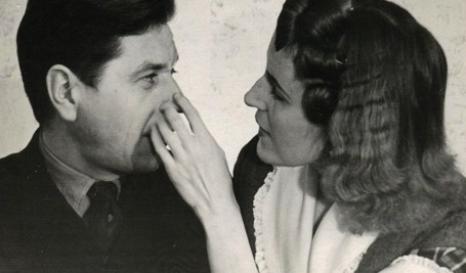
Back
Description:
- Title: After release: Estonians in Magadan
- Author(s): Inconnu
- Date: Inconnue
- Collection:
- Source: Sound Archives - European Memories of the Gulag
- Collection conditions: Eela Lõhmus and her husband in Magadan (Photograph, Anonymous, 1958). Source: Eela Lõhmus's Personal archive.
- Licence: Media subject to copyright.
- Localisation: Inconnue
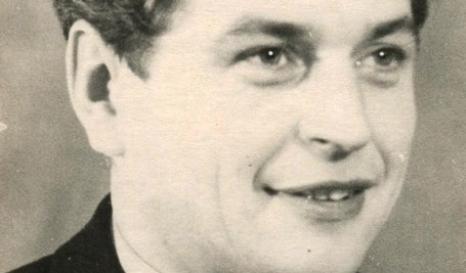
Back
Description:
- Title: After release: Estonians in Magadan
- Author(s): Inconnu
- Date: Inconnue
- Collection:
- Source: Sound Archives - European Memories of the Gulag
- Collection conditions: Eela Lõhmus’s husband, Magadan (Photograph, Anonymous, 1958). Source: Eela Lõhmus's Personal archive.
- Licence: Media subject to copyright.
- Localisation: Inconnue
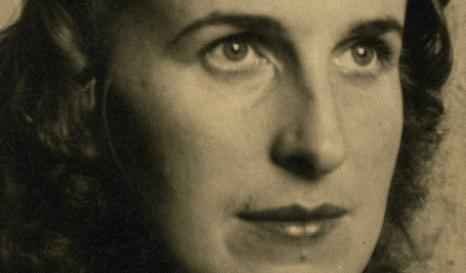
Back
Description:
- Title: After release: Estonians in Magadan
- Author(s): Inconnu
- Date: Inconnue
- Collection:
- Source: Sound Archives - European Memories of the Gulag
- Collection conditions: Eela Lõhmus (Photograph, Anonymous, 1959). Source: Eela Lõhmus's Personal archive.
- Licence: Media subject to copyright.
- Localisation: Inconnue
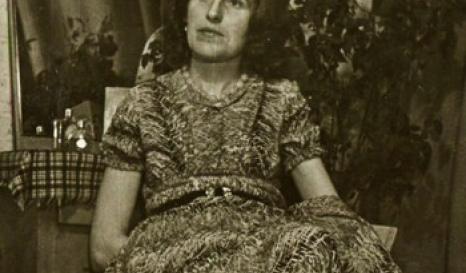
Back
Description:
- Title: After release: Estonians in Magadan
- Author(s): Inconnu
- Date: Inconnue
- Collection:
- Source: Sound Archives - European Memories of the Gulag
- Collection conditions: Eela Lõhmus (Photograph, Anonymous, 1959). Source: Eela Lõhmus's Personal archive.
- Licence: Media subject to copyright.
- Localisation: Inconnue
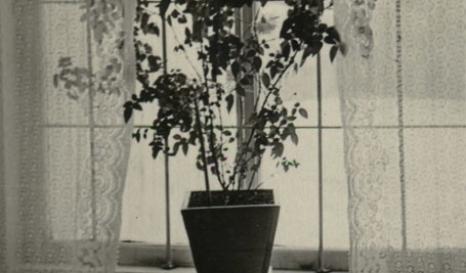
Back
Description:
- Title: After release: Estonians in Magadan
- Author(s): Inconnu
- Date: Inconnue
- Collection:
- Source: Sound Archives - European Memories of the Gulag
- Collection conditions: Window of the hut where Eela Lõhmus lived after her release, Magadan (Photograph, Anonymous, 1957). Source: Eela Lõhmus's Personal archive.
- Licence: Media subject to copyright.
- Localisation: Inconnue
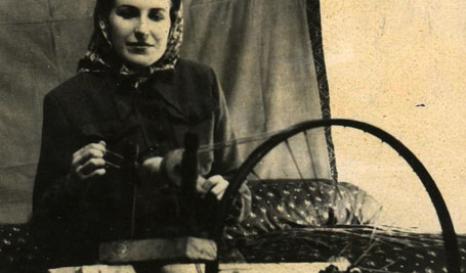
Back
Description:
- Title: After release: Estonians in Magadan
- Author(s): Inconnu
- Date: Inconnue
- Collection:
- Source: Sound Archives - European Memories of the Gulag
- Collection conditions: Eela Lõhmus’s spinning-wheel, made by her husband (Photograph, Anonymous, 1957). Source: Eela Lõhmus's Personal archive.
- Licence: Media subject to copyright.
- Localisation: Inconnue
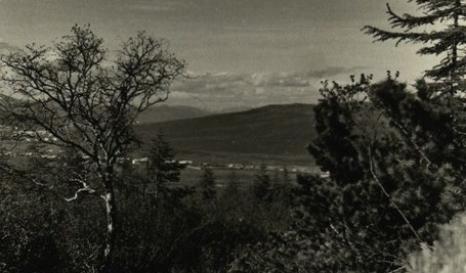
Back
Description:
- Title: After release: Estonians in Magadan
- Author(s): Inconnu
- Date: Inconnue
- Collection:
- Source: Sound Archives - European Memories of the Gulag
- Collection conditions: View of Magadan in summer (Photograph, Anonymous, 1960-1963). Source: Eela Lõhmus's Personal archive.
- Licence: Media subject to copyright.
- Localisation: Inconnue
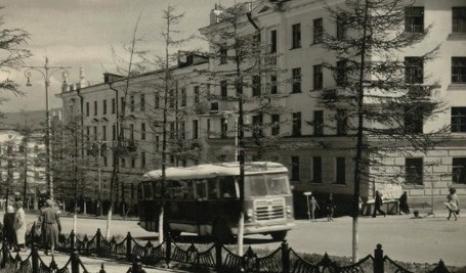
Back
Description:
- Title: After release: Estonians in Magadan
- Author(s): Inconnu
- Date: Inconnue
- Collection:
- Source: Sound Archives - European Memories of the Gulag
- Collection conditions: Eela Lõhmus in Magadan, after her release, Lenin Prospect, Magadan’s main street (Photograph, Anonymous, 1963). Source: Eela Lõhmus's Personal archive.
- Licence: Media subject to copyright.
- Localisation: Inconnue
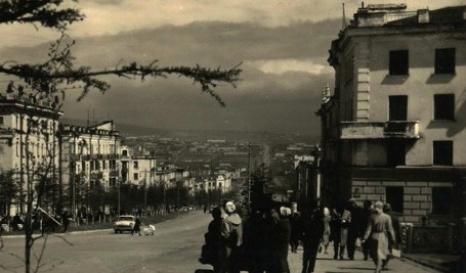
Back
Description:
- Title: After release: Estonians in Magadan
- Author(s): Inconnu
- Date: Inconnue
- Collection:
- Source: Sound Archives - European Memories of the Gulag
- Collection conditions: Eela Lõhmus in Magadan, after her release, Lenin Prospect, Magadan’s main street (Photograph, Anonymous, 1963). Source: Eela Lõhmus's Personal archive.
- Licence: Media subject to copyright.
- Localisation: Inconnue
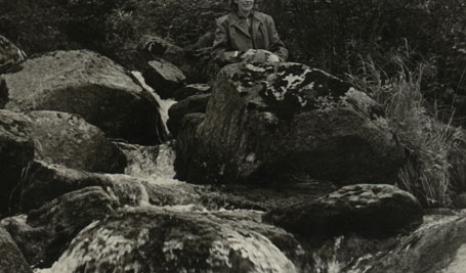
Back
Description:
- Title: After release: Estonians in Magadan
- Author(s): Inconnu
- Date: Inconnue
- Collection:
- Source: Sound Archives - European Memories of the Gulag
- Collection conditions: Eela Lõhmus walking in the countryside, Magadan region (Photograph, Anonymous, 1960). Source: Eela Lõhmus's Personal archive.
- Licence: Media subject to copyright.
- Localisation: Inconnue
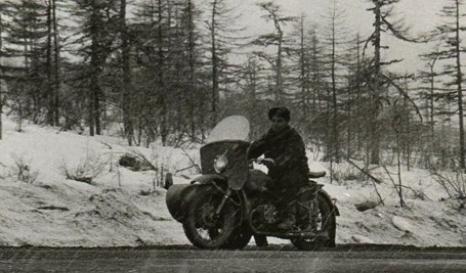
Back
Description:
- Title: After release: Estonians in Magadan
- Author(s): Inconnu
- Date: Inconnue
- Collection:
- Source: Sound Archives - European Memories of the Gulag
- Collection conditions: Eela Lõhmus’s husband and his motorbike, June 1963 (Photograph, Anonymous, 1963). Source: Eela Lõhmus's Personal archive.
- Licence: Media subject to copyright.
- Localisation: Inconnue
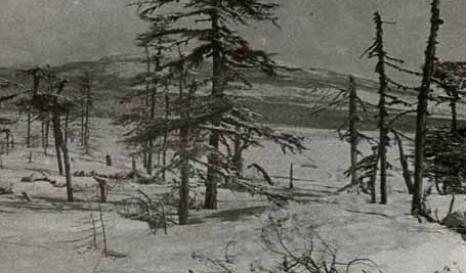
Back
Description:
- Title: After release: Estonians in Magadan
- Author(s): Inconnu
- Date: Inconnue
- Collection:
- Source: Sound Archives - European Memories of the Gulag
- Collection conditions: The Kolyma environment, winter 1963 (Photograph, Anonymous, 1963). Source: Eela Lõhmus's Personal archive.
- Licence: Media subject to copyright.
- Localisation: Inconnue
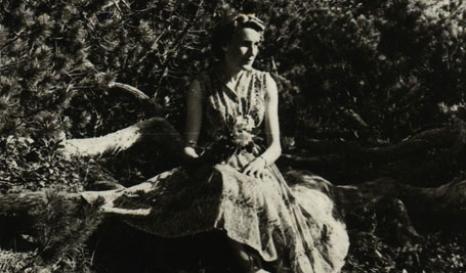
Back
Description:
- Title: After release: Estonians in Magadan
- Author(s): Inconnu
- Date: Inconnue
- Collection:
- Source: Sound Archives - European Memories of the Gulag
- Collection conditions: Eela Lõhmus sitting on the roots of a Siberian dwarf pine, summer 1963 (Photograph, Anonymous, 1963). Source: Eela Lõhmus's Personal archive.
- Licence: Media subject to copyright.
- Localisation: Inconnue
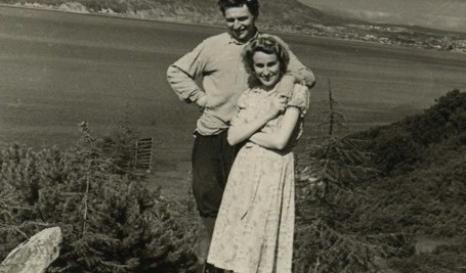
Back
Description:
- Title: After release: Estonians in Magadan
- Author(s): Inconnu
- Date: Inconnue
- Collection:
- Source: Sound Archives - European Memories of the Gulag
- Collection conditions: Eela Lõhmus and her husband on an excursion along the coast near Magadan (Photograph, Anonymous, 1963). Source: Eela Lõhmus's Personal archive.
- Licence: Media subject to copyright.
- Localisation: Inconnue
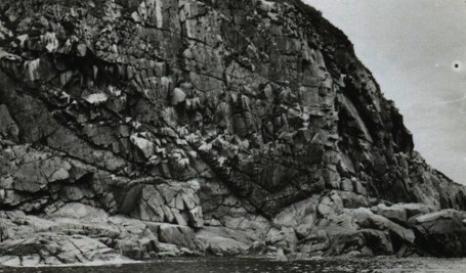
Back
Description:
- Title: After release: Estonians in Magadan
- Author(s): Inconnu
- Date: Inconnue
- Collection:
- Source: Sound Archives - European Memories of the Gulag
- Collection conditions: Cliffs near Magadan (Photograph, Anonymous, 1963). Source: Eela Lõhmus's Personal archive.
- Licence: Media subject to copyright.
- Localisation: Inconnue
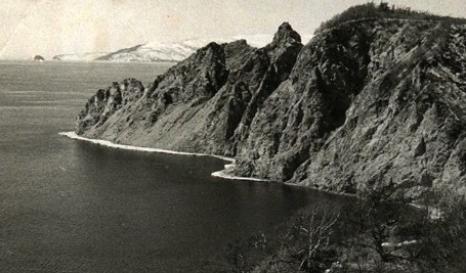
Back
Description:
- Title: After release: Estonians in Magadan
- Author(s): Inconnu
- Date: Inconnue
- Collection:
- Source: Sound Archives - European Memories of the Gulag
- Collection conditions: Cliffs near Magadan (Photograph, Anonymous, 1963). Source: Eela Lõhmus's Personal archive.
- Licence: Media subject to copyright.
- Localisation: Inconnue
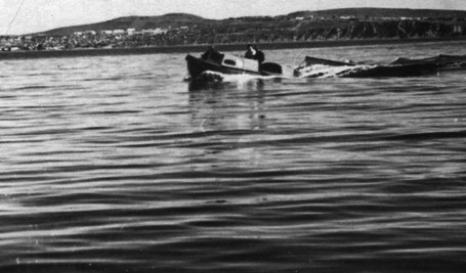
Back
Description:
- Title: After release: Estonians in Magadan
- Author(s): Inconnu
- Date: Inconnue
- Collection:
- Source: Sound Archives - European Memories of the Gulag
- Collection conditions: A fishing trip with Eela Lõhmus's friends (Photograph, Anonymous, 1960). Source: Eela Lõhmus's Personal archive.
- Licence: Media subject to copyright.
- Localisation: Inconnue
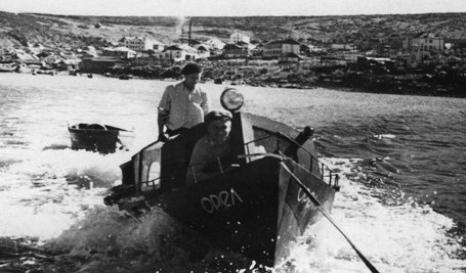
Back
Description:
- Title: After release: Estonians in Magadan
- Author(s): Inconnu
- Date: Inconnue
- Collection:
- Source: Sound Archives - European Memories of the Gulag
- Collection conditions: Fishing with Eela Lõhmus's friends (Photograph, Anonymous, 1960). Source: Eela Lõhmus's Personal archive.
- Licence: Media subject to copyright.
- Localisation: Inconnue
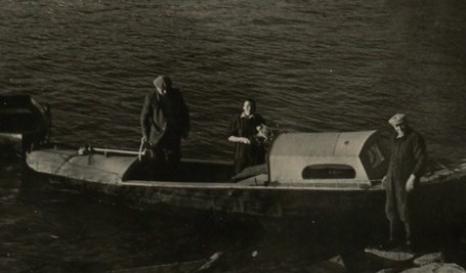
Back
Description:
- Title: After release: Estonians in Magadan
- Author(s): Inconnu
- Date: Inconnue
- Collection:
- Source: Sound Archives - European Memories of the Gulag
- Collection conditions: A fishing trip with Eela Lõhmus's friends (Photograph, Anonymous, 1960). Source: Eela Lõhmus's Personal archive.
- Licence: Media subject to copyright.
- Localisation: Inconnue
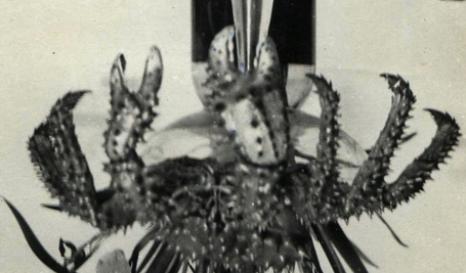
Back
Description:
- Title: After release: Estonians in Magadan
- Author(s): Inconnu
- Date: Inconnue
- Collection:
- Source: Sound Archives - European Memories of the Gulag
- Collection conditions: THE CRAB! Back from fishing with Eela Lõhmus's friends (Photograph, Anonymous, 1960). Source: Eela Lõhmus's Personal archive.
- Licence: Media subject to copyright.
- Localisation: Inconnue
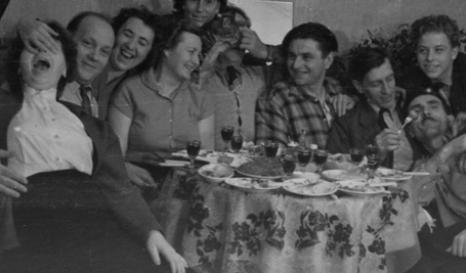
Back
Description:
- Title: After release: Estonians in Magadan
- Author(s): Inconnu
- Date: Inconnue
- Collection:
- Source: Sound Archives - European Memories of the Gulag
- Collection conditions: A party with friends: christening the cat (Magadan) (Photograph, Anonymous, 1961). Source: Eela Lõhmus's Personal archive.
- Licence: Media subject to copyright.
- Localisation: Inconnue
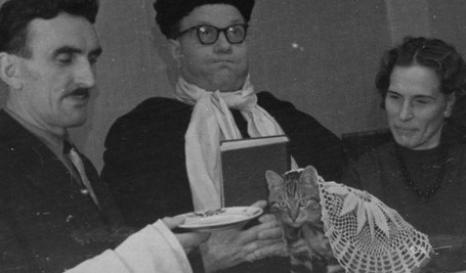
Back
Description:
- Title: After release: Estonians in Magadan
- Author(s): Inconnu
- Date: Inconnue
- Collection:
- Source: Sound Archives - European Memories of the Gulag
- Collection conditions: A party with friends: christening the cat (Magadan) (Photograph, Anonymous, 1961). Source: Eela Lõhmus's Personal archive.
- Licence: Media subject to copyright.
- Localisation: Inconnue

